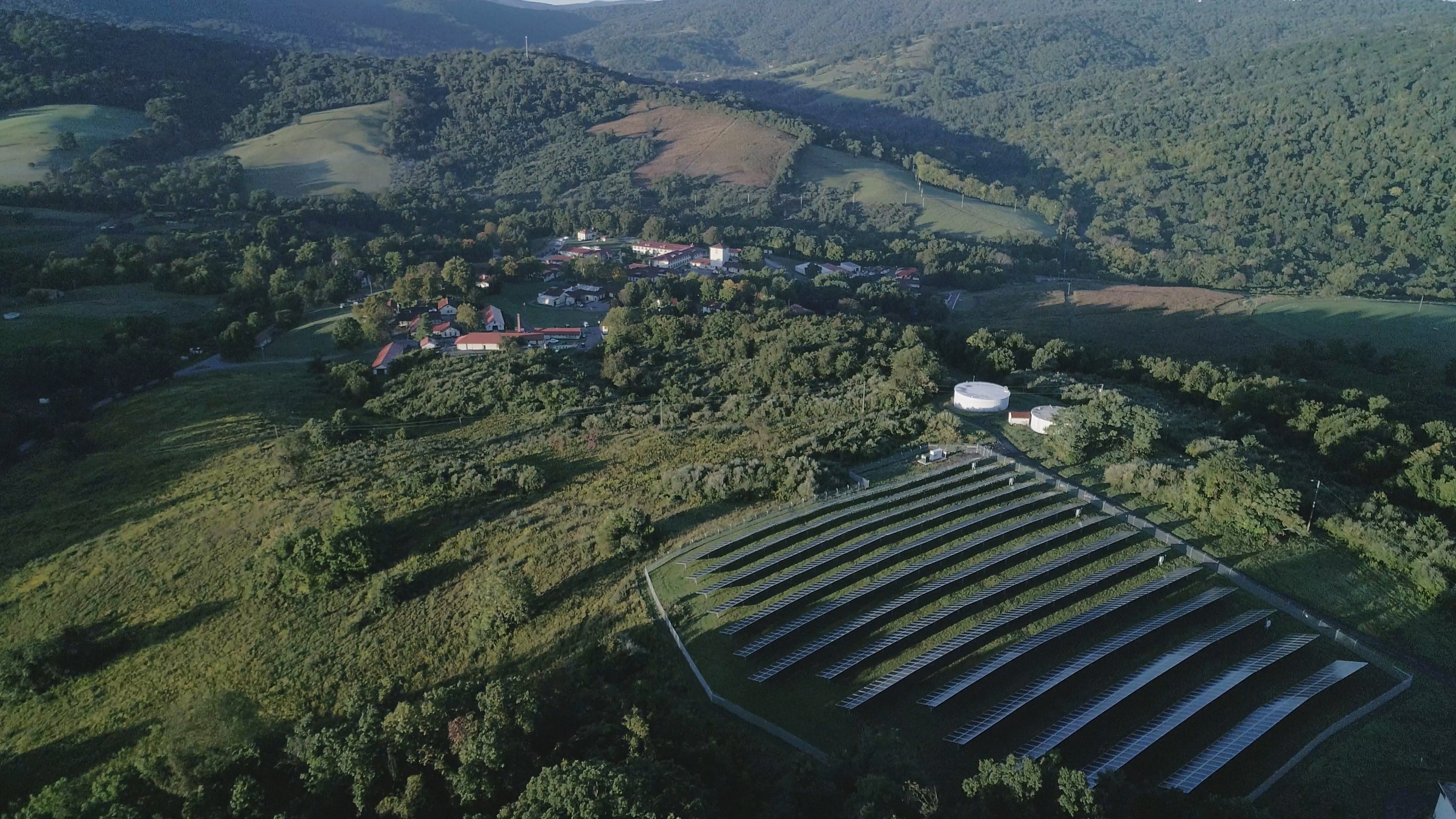Sustainability at the Smithsonian's National Zoo and Conservation Biology Institute

Waste Diversion
Recycling Programs
Recycling stations located throughout the Zoo encourage visitors to recycle aluminum cans and plastic bottles. Behind the scenes, staff limit landfill waste by recycling paper, wood, plastic, metal, toner cartridges and more.
In 2018, the Zoo’s Sustainability Committee also piloted a latex and nitrile glove recycling program. Animal keepers, veterinarians, the commissary, and guest services participated in the program and recycled nearly 14,000 gloves over three months.
Horticulture: Reuse and Repurpose
When possible, trees removed from the park are repurposed for exhibits, animal enrichment and browse. The wood from an elm tree could turn into browse for Asian elephants, and tree stumps can be placed in the cheetah yards to provide the animals with new places to perch. Woodchips and leaf debris are also turned into compost and mulch, which are then used throughout the Zoo.
Habitat Protection
Staff work to create and preserve native ecosystems throughout the Zoo, maintaining essential habitat for wildlife living alongside the animals in the Zoo's care.
Green roofs grow at six locations throughout the park: sloth bears, giant pandas, Asian small-clawed otters, Asian elephants, American bison and the bamboo shed on Asia Trail. A rain garden at the Speedwell Foundation Conservation Carousel reduces stormwater runoff, and a pollinator garden at the Me and the Bee playground supports native wildlife.
The Zoo also employs an environmentally sensitive approach to pest management that minimizes hazards to people, property, and the environment by pairing available pest control methods with comprehensive information on the life cycles of pests.
Resource Conservation
Renewable Energy
The Smithsonian Conservation Biology Institute, headquartered in Front Royal, Virginia, is home to a 625-kilowatt ground mount solar array. As of 2019, the solar array has produced 2.46 GWh of energy — enough to power three medium-sized cities.
The Zoo’s Giant Panda House, sloth bear exhibit, lion and tiger exhibit, and Speedwell Foundation Conservation Carousel are also equipped with solar panels.
Energy Efficiency and Water Conservation
Through an energy savings performance contract with Constellation Energy Group, the Zoo targets large-scale energy and water conservation measures, including new technologies and fixtures aimed at reducing energy and water use, as well as interior and exterior retrofits to buildings and equipment.
Since its inception in 2017, the energy savings performance contract has helped conserve more than 1 million gallons of water. Energy conservation measures from this contract have had an environmental impact equivalent to planting approximately 43,500 trees or conserving about 190,000 gallons of gasoline.
Sustainable Design
Many buildings at the Zoo in Washington, D.C., and at SCBI headquarters in Front Royal, Virginia, are LEED certified by the U.S. Green Building Council.
LEED Gold®
- Conservation Pavilion
- George Mason University Science Center at SCBI
- Elephant Community Center
- Police Station and Health Unit
LEED Certified®
- Seal and Sea Lion Facility and Exhibits
Public Engagement
The Zoo leads the Smithsonian’s global efforts to save species, understand ecosystems and train future generations of conservationists. Each year, millions of Zoo visitors are invited to engage with this important work, experience the wonder of animals up close and come away with a lifelong commitment to conservation.
